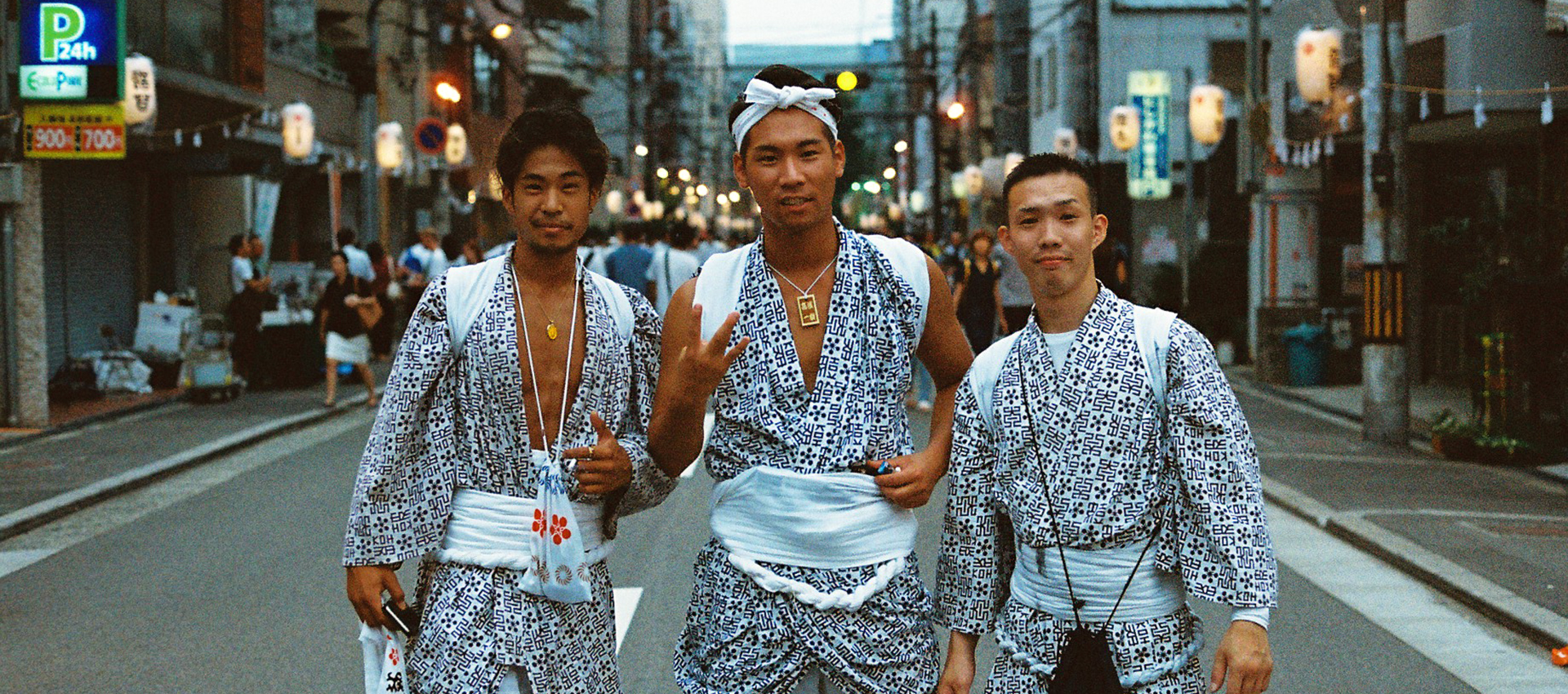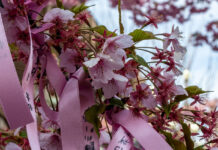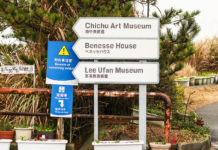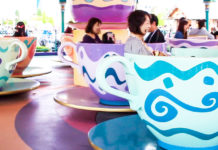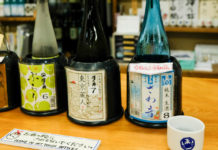Since time immemorial, Japanese sensibility has lionised the transient events in life. Soon after the cherry blossoms bloom, they softly fall. The umber leaves of Autumn so quickly turn to dust. And Osaka’s explosive, beer-fuelled Tenjin Matsuri only comes once a year. As the locals would say: “hora, ikana-akan!”, or, “hey, you gotta go!”
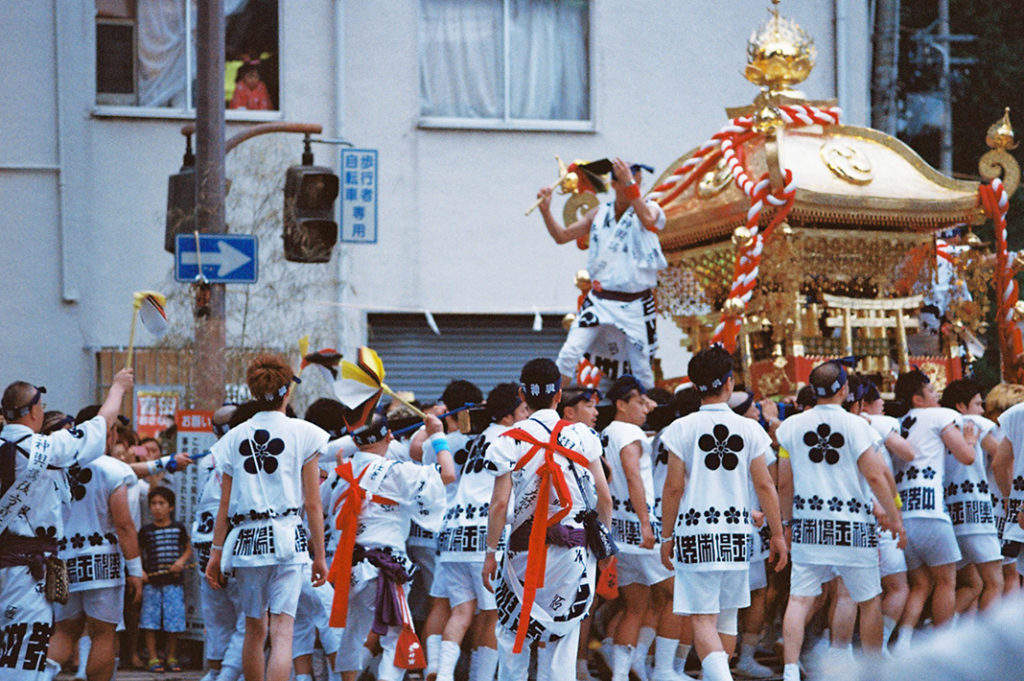
There’s no Matsuri like Tenjin Matsuri.
If you’ve read about Kyoto’s illustrious Gion Matsuri, you’ll no doubt know that the month-long event finishes on July 24th. Whether by coincidence or due to Osaka’s ‘friendly’ sense of rivalry with Kyoto, the city’s seminal Tenjin Matsuri takes place on July 24th and 25th. Put simply, you’ll have to choose one or the other. Osaka wants you to choose Tenjin. Osaka wants you to know that they have more beer, better food and fireworks. Really, really huge fireworks.
If you’re on a tight schedule, it’s worth knowing that the biggest of Tenjin Matsuri’s celebrations take part on July 25th. This also includes the river parade and riverside fireworks—the festivities last long into the night!

Osaka, the Unmissable.
Osaka is frequently overlooked on set-itinerary tours of Japan, often dismissed as ‘just an industrial city.’ It’s left aside in favour of Kyoto and Hiroshima, the other two ‘key’ cities of Western Japan. As a result, many visitors will miss out on Japan’s most delicious food, it’s ‘realest’ nightlife and the joys of meeting the city’s friendly and unfazed inhabitants. The reasons to prioritise a visit to Osaka are plentiful, but if you happen to be in Japan in July, know that the Tenjin Matsuri truly is an unmissable event.
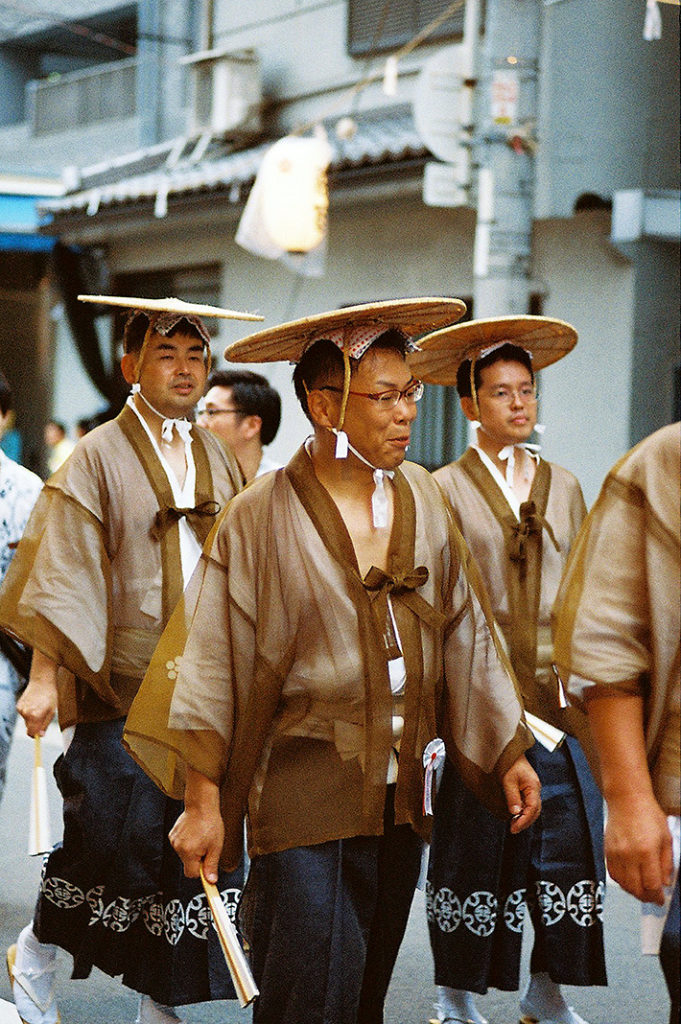
Tenjin Matsuri: What’s it all about?
The festival is one of Osaka’s oldest, beginning in the Western calendar year 951. The festival’s origins centre around the deified Heian-period scholar Sugawara Michizane, who is patron to all of Japan’s ‘Tenmangu’ shrines. ‘Tenjin’, however, is the Shinto patron deity of learning and scholarship. As such, the deity and the deified meet at the city’s famous and much-loved Osaka Tenmangu shrine. Tenjin Matsuri begins on the evening of July 24th, when devotions and prayers are offered at the shrine. Following this, prayers are said for ‘sekai heiwa’ (peace on earth) near the Okawa River. Although the festival exists to venerate Sugawara Michizane, the sense of celebration extends to nearly every aspect of Osaka life. The added bonus of Tenjin Matsuri is the variety of parades (including a women-only Mikoshi procession) and all of the best cuisine that Osaka has to offer.
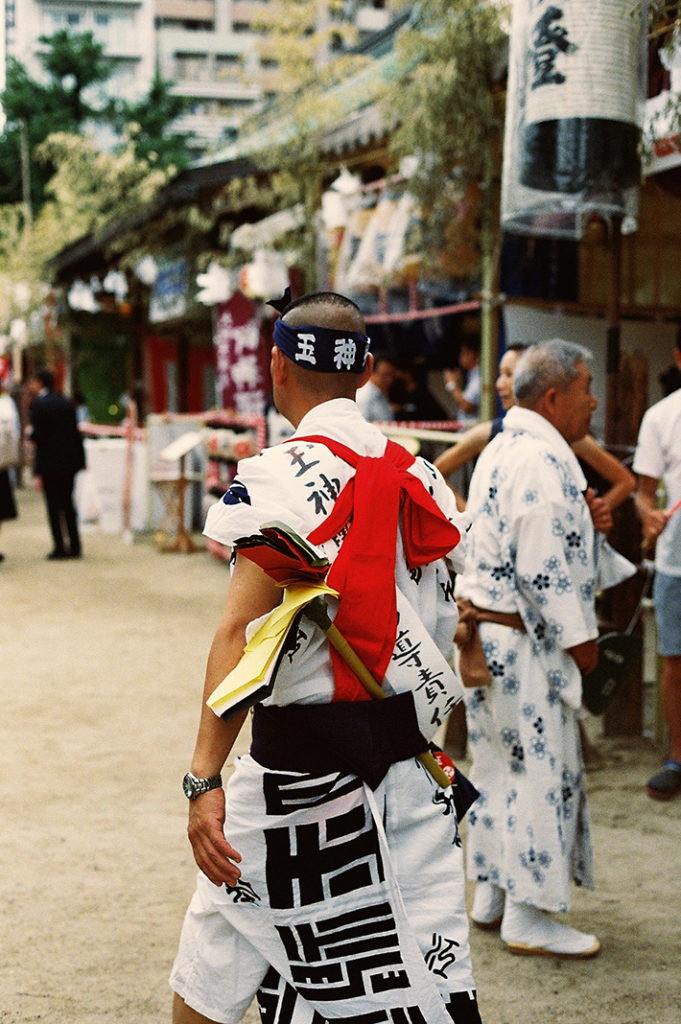
Osaka, condensed.
The good folk of Osaka go some way to breaking foreign stereotypes of Japanese people. In Osaka, hard work, hard play and good humour are core aspects of the ‘Kansai identity.’ Raised on Japan’s famous Yoshimoto school of comedy, the cruellest way to insult an Osakan is to simply say, ‘you’re not that funny.’ Ouch.
Crucially, food is king: from okonomiyaki and takoyaki to the famous and jiggly ‘Rikuro cheesecake,’ Osaka has earned its nickname as ‘the Kitchen of Japan.’ The city even has its own dialect of Japanese – Osaka-ben – which is wholly different to the type of ‘standard’ Japanese used in Tokyo. All of this food, fun and flippant disregard for standardised vernacular can be found crammed into Tenjin Matsuri. Arguably, it’s the only real way to experience all that is Osaka in a single day.
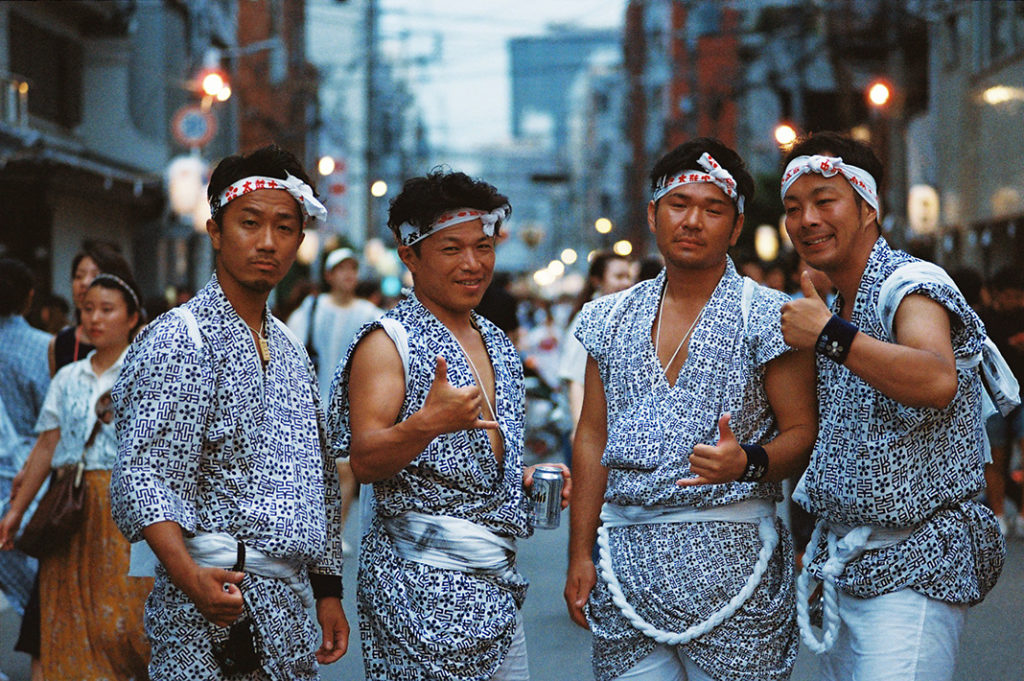
Where to go on the day?
Although festivities move throughout Osaka on the day, the heart of the celebration takes place in southern Osaka. The land parades circle around the Tenmabashi district, starting and finishing at Tenmangu Shrine. Following this, the river procession flows north along the Okawa River. The day in its entirety is immensely crowded, with people flowing through main roads and side streets. Predictably, the busiest areas are the banks and walkways that frame the Okawa River. All day long, people will have staked out their space along the river in order to get the best views of the boat processions and fireworks. However, those familiar with Osaka’s topography will head for Osaka Castle as the sun sets. The various hills, walls and ramps of the castle will offer spectators a great (and free) view of the evening’s fireworks.
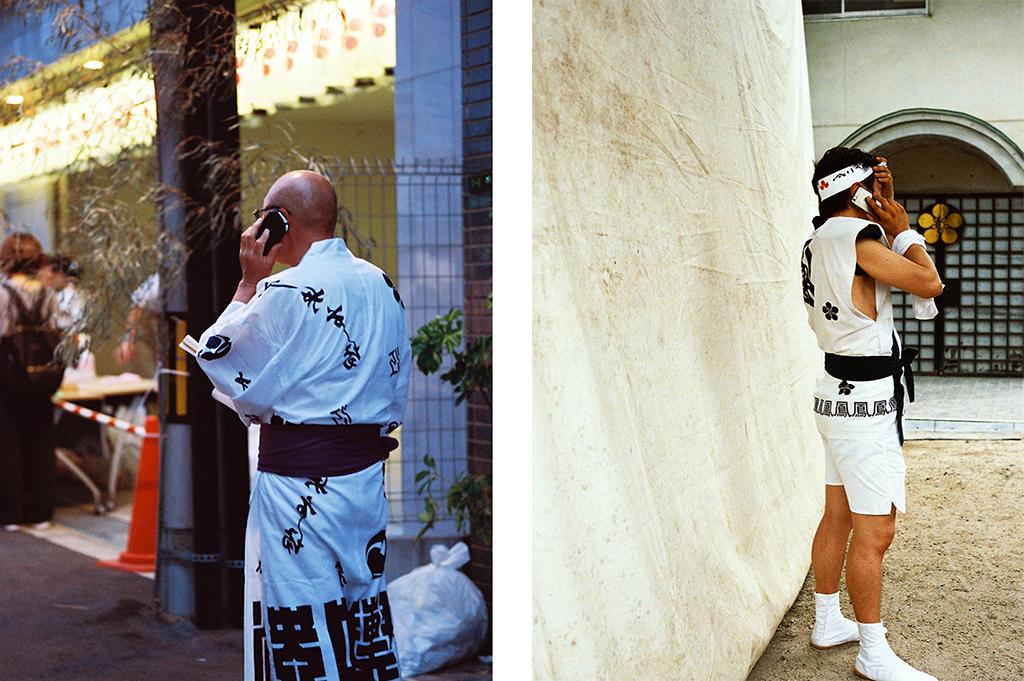
Where and when?
The actual procession of the Tenjin Mikoshi (moving shrine) starts at Osaka Tenmangu shrine at 3:30 p.m. However, there will be plenty to do (and crucially, plenty to eat) around the area before this time. It’s important to remember that mid-July in Osaka is painfully hot and humid, and the crowds will be large and tightly packed. As such, it’s best to enjoy the atmosphere by moving through stalls using Osaka’s many smaller backstreets.
The enormous Mikoshi will arrive at the Okawa River at 6 p.m. before it is loaded onto a crane for the boat procession. This loading process and the riverbanks themselves will be immensely crowded. Thus, it’s best to head towards Osaka Castle at this point. You can watch the sun set and the fireworks start up from a distance, with much more space and comfort. From 7 p.m. onwards, the various boats set sail along the Okawa River. As they leave, fireworks will begin at around 7:30 p.m. and last until 9 p.m. After this, the Mikoshi will be moved from the river back to Osaka Tenmangu shrine at around 10 p.m.
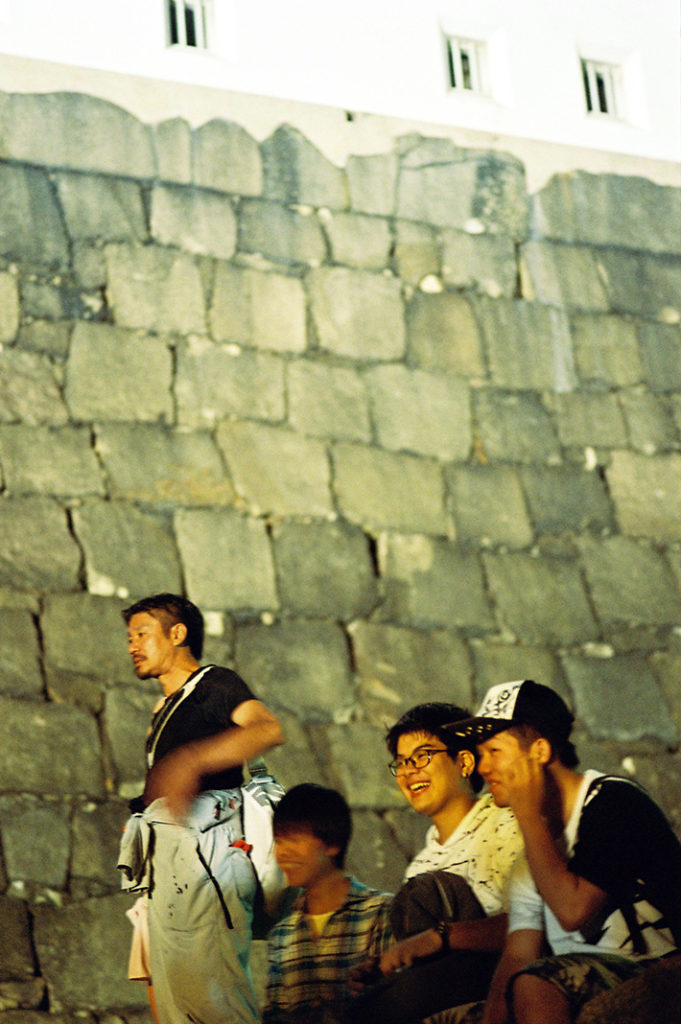
The best way to enjoy the food, stalls, sights and atmosphere of Tenjin Matsuri is not to plan too officiously. Having a rough idea of where and when things happen means you can turn up at around the ideal time. However, it’s best not to expect a ‘front row’ view of anything. Locals will begin turning up at their preferred spots at first light—no space for latecomers! Enjoy the experience at a slow pace, with snacks and Kirin beer aplenty.
Read more about the festival here.
Post by Japan Journeys.



